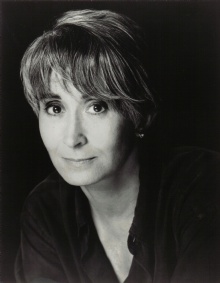"The rewards of dancing are very different from choreographing"
About this Quote
Dancing pays you in sweat, breath, and the electric now. The reward is visceral and immediate: the body finds its line, the floor pushes back, music threads through muscle and nerve. There is risk and flight, a surge of adrenaline when movement clicks into flow and the audience leans in. Applause, eye contact with fellow performers, the heat of lights, these are currencies of presence. The dancer’s work culminates in a lived moment that cannot be rewound; it is embodiment as revelation, a communion measured in seconds and heartbeats.
Choreographing pays in a different currency: structure, foresight, and the long arc. It is the architecture of time and space, the slow craft of arranging bodies to articulate an idea. The choreographer’s joy often arrives in rehearsal, when a knotty transition finally untangles, when an image reads clearly from the back row, when a phrase finds its logic. There is satisfaction in building something that can outlast a single performance, a score others can learn, adapt, and carry forward. The applause for this labor is delayed and indirect; its feedback is the clarity of intention realized through other people.
The vulnerabilities also differ. The dancer risks the body and the instant, the slip, the missed cue, the breath lost to nerves. The choreographer risks the idea, the possibility that the concept doesn’t land, that the structure falls flat, that vision resists translation. The dancer surrenders to sensation and partners; the choreographer relinquishes control to interpreters and circumstance. Each role asks for a distinct attention: immersion versus overview, instinct versus design.
When one artist inhabits both, the mind toggles between zoomed-in flesh and zoomed-out form, each side sharpening the other. Valuing the difference honors the ecosystem of a dance: the joy of being the instrument and the satisfaction of composing the music it plays, one rewarding the moment, the other shaping the memory.
About the Author
